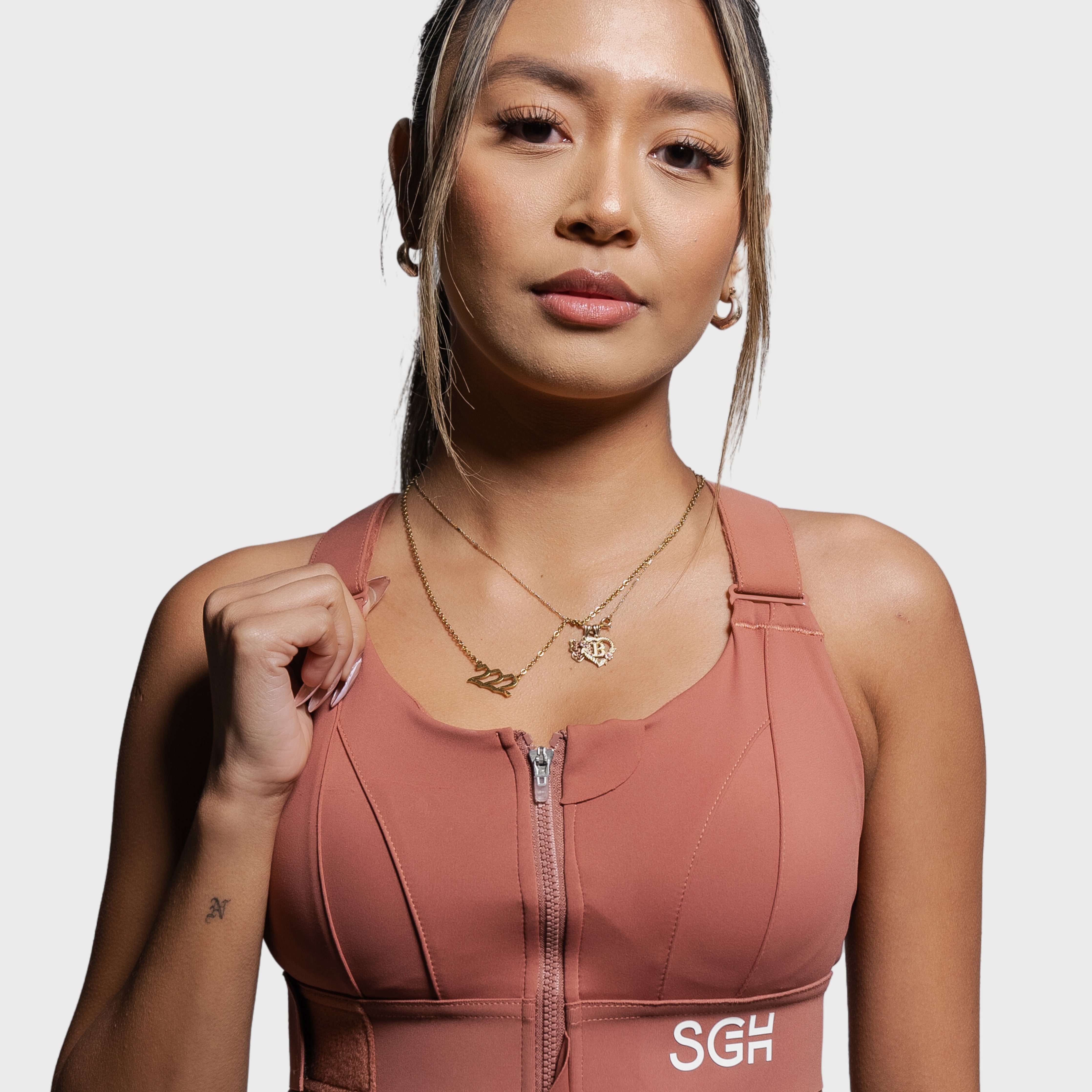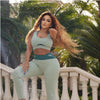It's All About the Material

It’s been a topic of division for many years. People have sat around amongst friends for centuries laughing and making fun with one question sitting between them, “Does material matter?” We’d argue that it’s all about material, it shows how prepared you are for any given situation. Now while a lot of you would say you are well versed on current styles, materials may differ.
You may be thinking what’s the big deal as long as it feels nice, right? Wrong. Knowing the ins and outs of a material can help you understand how to better take care of it and decide where to wear it.
We’ve decided to put together a list of common materials you’ve come across to give you a closer look at what you're wearing so you're always ready.
We’ve decided to put together a list of common materials you’ve come across to give you a closer look at what you're wearing so you're always ready.
Linen
Linen is made from flax plants and is among the strongest natural fabrics. This material is ideal if you are looking for something lightweight. Oftentimes people associate linen with those cute flowy pants that are the talking point of instagram beach posts. However the right linen piece could take you from the shore to the office with its durable fabrics even in the winter.
Pros:
- Natural & Biodegradable
- Contains natural anti - bacterial properties (minimize chances of odor)
- Moisture Wicking - Takes in the moisture and pushes it outward instead of absorbing it (minimizes risk of sweat stains)
- Hypoallergenic
Cons:
- Wrinkles easily
- Risk of Shrinking (if water is too hot)
- Sun exposure weakens the fabric
- Tip: Do not tumble dry to reduce permanent creasing
Cotton
It’s probably safe to say you’ve felt cotton at one point in your life. This materials plush feel is why you can never get rid of the favorite tee shirt or why those cozy sweats stay in rotation year round.
Pros:
- Durable
- Soft
- Breathable
- Absorbent - (absorbs liquids)
- Good for sensitive skin
- Natural fiber & Biodegradable
Cons:
- Shrinkage
- Not stretchy
- Potential to fade
- Wrinkling
Nylon
Nylon is a synthetic fiber that you can find in fabric all year round. From bathing suits, raincoats, and even underclothes, this material has a wide range of uses. Due to its durability, nylon is perfect for any sport.
Pros:
- Strength/Abrasion resistant
- Great elasticity/snapback
- Sweat - Wicking
- Versatile
Cons:
- Static Resistant
- Not absorbent
Polyester
Polyester, it’s found in everything from shirts to sports bras. Like nylon, polyester is a commonly used synthetic fiber. If you were to pull four random articles of clothing out of your closet I could almost guarantee that at least one garment will be a blend of polyester.
Pros:
- Holds form
- Strong
- Lightweight
- Hard to Stain
- Sweat - Wicking
Cons:
- More prone to pilling
- Attracts Static
- Less breathable than
Spandex
Spandex is another well known synthetic fiber. When you hear the word spandex you might think of all the stretchy goodness that stretches and keeps everything right where you want it. Some would even go as far as saying spandex has become a girls’ best friend burping diamonds to second. An outfit consisting of spandex can take something unflattering and turn it into night on the town worthy.
Pros:
- Amazing Elasticity
- Comfortable for movement
- Durable
Cons:
- Sticks to your body when wet
- Not as breathable as some of the other fabric options
- Traps moisture
- Tip: Look for spandex garments that have a mix of breathable/sweat- wicking fabrics to combat odor or stains.
Rayon
Made from regenerated cellulose this synthetic fabric is a must-have in the closet. Not only is the material great for flowy dresses and blouses it's also ideal for sportswear. There are three types of rayon, two of which are used to make clothing:
- Modal: Commonly used in clothing and household items such as towels.
- Lyocell: Similar to modal, with less chemical treatment and is close to cotton/linen. This type of rayon is the most absorbent.
Pros:
- More absorbent than cotton
- Strong
- Versatile
- Soft
- Breathable
Cons:
- Prone to shrinking
- Easily Wrinkles
- Sun Exposure may fade
























